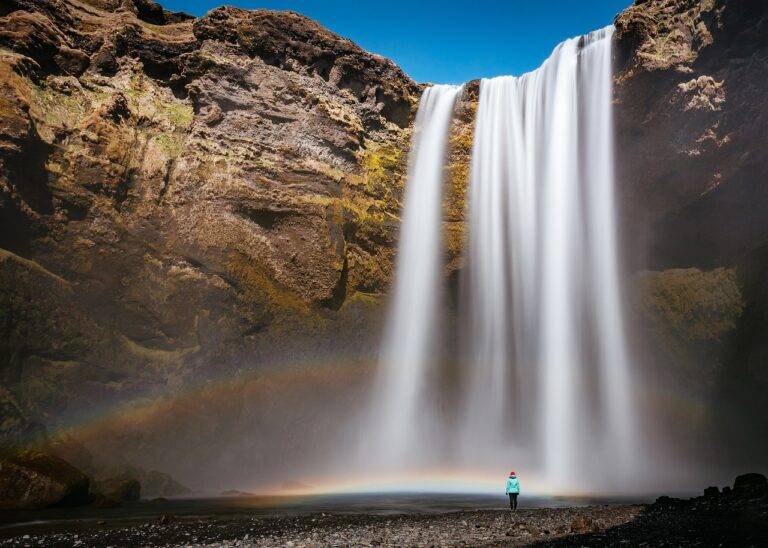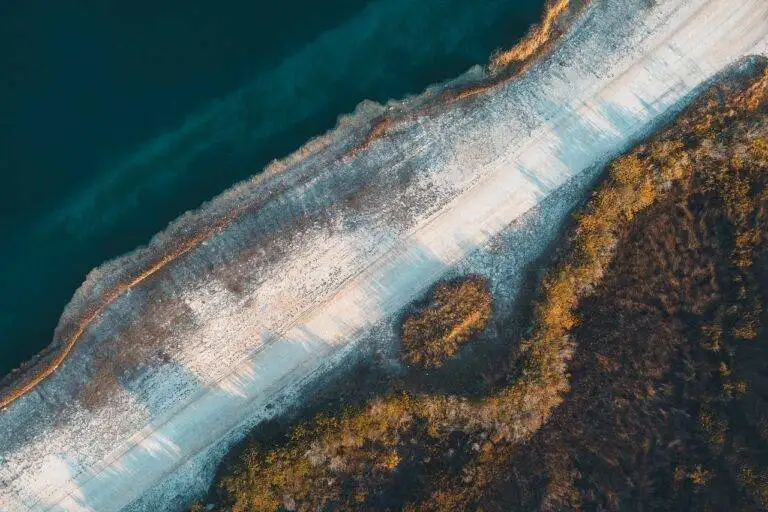Tourism and Indigenous Communities: Balancing Cultural Preservation and Economic Opportunities
Indigenous communities around the world often face numerous challenges when it comes to engaging in tourism development. One of the main obstacles is the lack of control over their land and resources, which can limit their ability to benefit economically from tourism activities. Additionally, issues like lack of infrastructure, limited access to capital, and inadequate representation in decision-making processes can further hinder their participation in the tourism industry.
Furthermore, the exploitation and commodification of indigenous cultures for tourist consumption can lead to the erosion of traditional practices and values. This can create tensions within the community and diminish the authenticity of their cultural heritage. Balancing the desire to share their culture with visitors while also preserving it for future generations presents a delicate challenge for indigenous communities striving to navigate the complexities of tourism development.
Impact of Tourism on Indigenous Cultural Preservation
Engaging in tourism can present both opportunities and challenges for indigenous communities when it comes to the preservation of their cultural heritage. The influx of tourists can lead to an increased interest in indigenous traditions and practices, fostering a sense of pride and awareness about their culture and history. Visitors often seek authentic cultural experiences, providing indigenous communities with the platform to showcase their unique customs and traditional knowledge. Through cultural performances, guided tours, and artisan markets, indigenous peoples can share their rich heritage with a global audience, promoting understanding and respect for their way of life.
On the flip side, the commodification of indigenous culture for tourist consumption can result in the erosion of authenticity and integrity. In the pursuit of financial gain, there is a risk of cultural exploitation and distortion as communities may alter their traditions to cater to tourist expectations. As aspects of indigenous culture are commercialized and packaged for mass consumption, there is a danger of diluting the true essence of these traditions. Additionally, the exposure to external influences and the pressure to adapt to tourist preferences can lead to a loss of cultural identity and the erosion of traditional practices within indigenous communities.
• The influx of tourists can lead to increased interest in indigenous traditions and practices
• Visitors often seek authentic cultural experiences, providing a platform for indigenous communities to showcase their heritage
• Cultural performances, guided tours, and artisan markets allow indigenous peoples to share their rich heritage with a global audience
• The commodification of indigenous culture for tourist consumption can result in the erosion of authenticity and integrity
• There is a risk of cultural exploitation and distortion as communities alter traditions to cater to tourist expectations
• Commercialization and packaging of indigenous culture for mass consumption can dilute the true essence of traditions
• Exposure to external influences and pressure to adapt to tourist preferences may lead to loss of cultural identity within indigenous communities
Strategies for Sustainable Tourism Development in Indigenous Communities
Focused on ensuring sustainable tourism development in indigenous communities, it is crucial to implement strategies that prioritize the preservation of cultural heritage and the well-being of the local population. One of the key approaches is fostering community engagement and participation in decision-making processes related to tourism development. By involving indigenous community members in planning and management, their voices and perspectives can guide the development of tourism initiatives that are culturally sensitive and beneficial to all stakeholders.
Moreover, promoting sustainable tourism practices that respect the environment and uphold traditional knowledge and practices is essential for the long-term viability of indigenous tourism initiatives. Emphasizing eco-friendly measures, such as waste reduction, energy efficiency, and responsible wildlife viewing, not only ensures the protection of natural resources but also contributes to the overall authenticity of the visitor experience. By integrating these sustainable practices into tourism operations, indigenous communities can create a unique and environmentally conscious tourism sector that aligns with their cultural values and aspirations.
What are some of the challenges faced by Indigenous communities in tourism development?
Some of the challenges faced by Indigenous communities in tourism development include lack of resources, limited access to capital, cultural appropriation, and negative impacts on the environment.
How does tourism impact the preservation of Indigenous culture?
Tourism can have both positive and negative impacts on the preservation of Indigenous culture. While it can provide opportunities for cultural exchange and education, it can also lead to cultural commodification and exploitation.
What are some strategies for sustainable tourism development in Indigenous communities?
Some strategies for sustainable tourism development in Indigenous communities include community involvement in decision-making, cultural sensitivity training for tourists and operators, eco-friendly practices, and partnerships with local businesses.
How can Indigenous communities ensure that their cultural heritage is respected in tourism development?
Indigenous communities can ensure that their cultural heritage is respected in tourism development by establishing clear guidelines for cultural representation, offering authentic cultural experiences, and educating visitors about the importance of cultural preservation.
What role do government policies play in supporting sustainable tourism development in Indigenous communities?
Government policies can play a crucial role in supporting sustainable tourism development in Indigenous communities by providing financial support, protecting Indigenous rights, and promoting responsible tourism practices.





